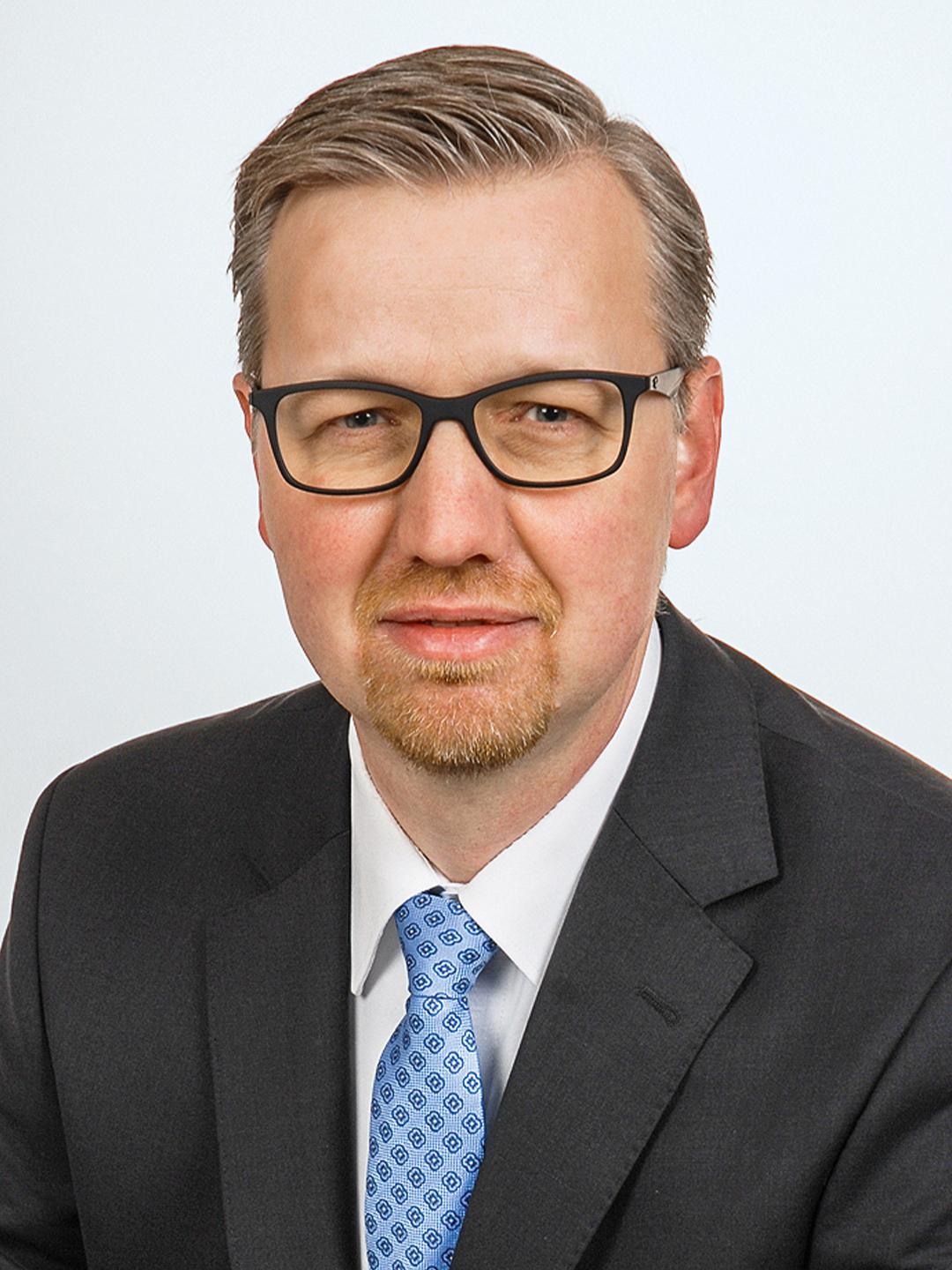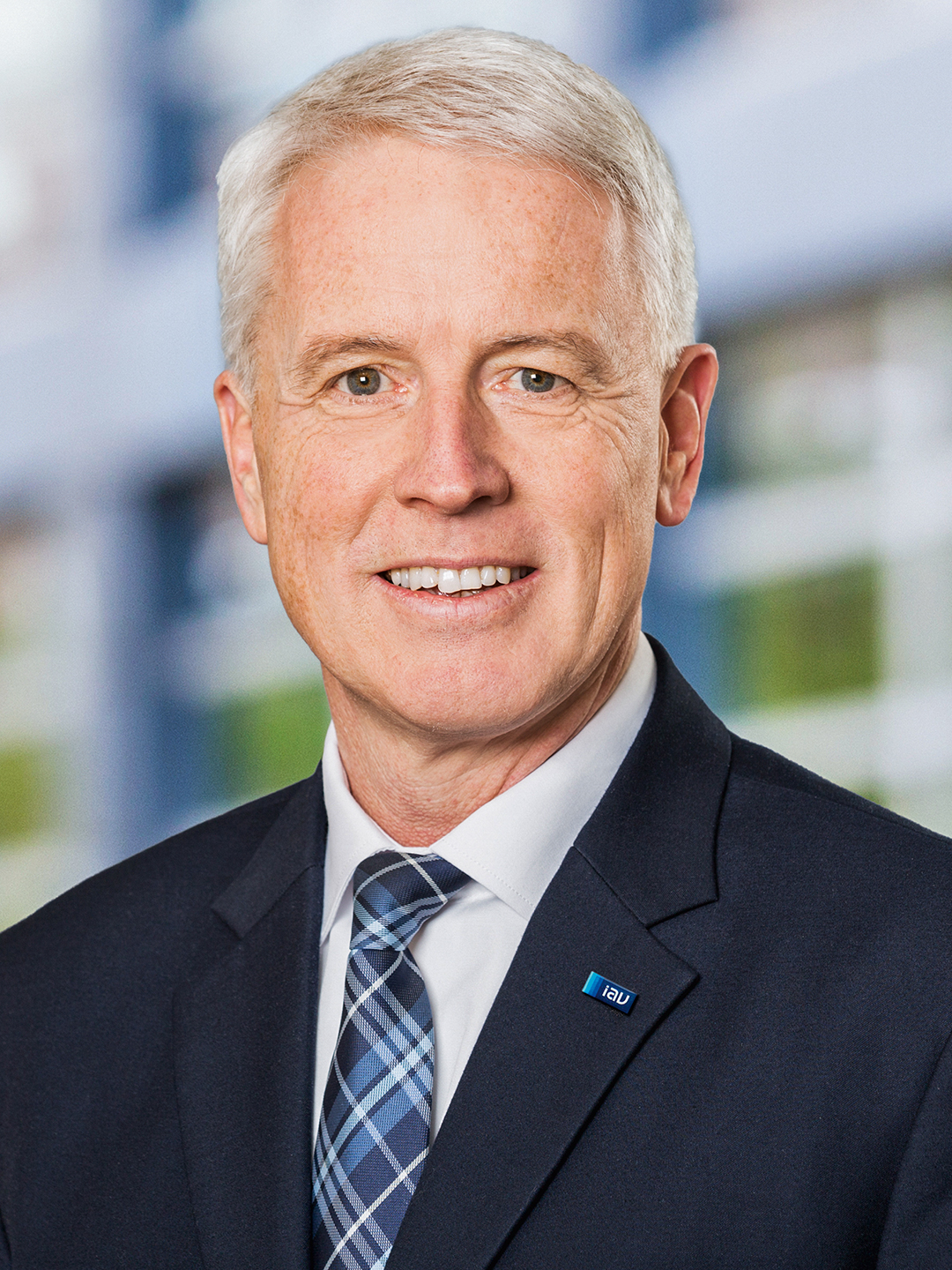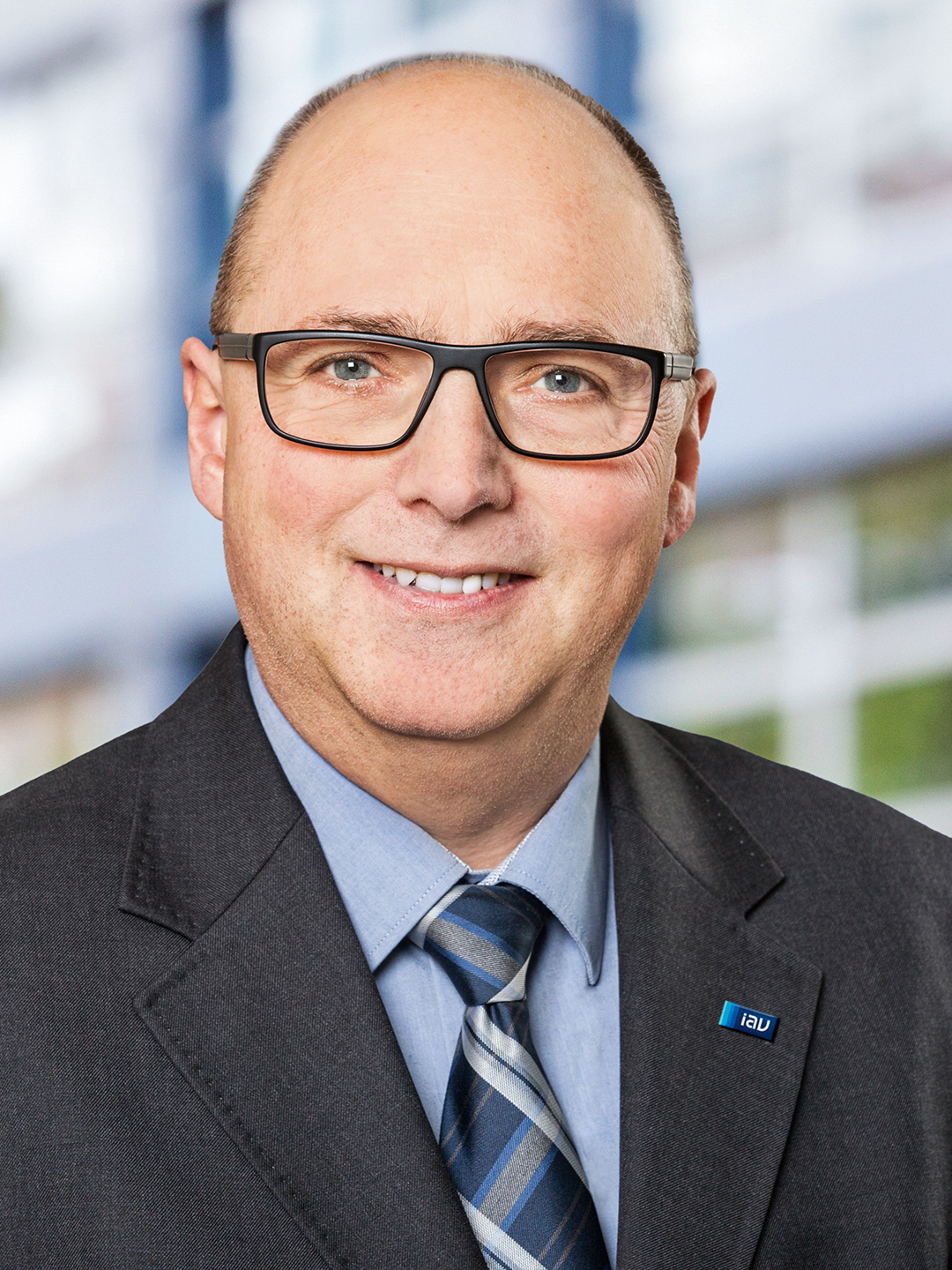“Learning From the Experience of Other Sectors”
The future belongs to virtual engineering – IAV champions dialog with users from other sectors
IAV has been a member of the Virtual Dimension Center (VDC) since October 2017. VDC Managing Director Professor Dr. Christoph Runde, Stefan Schmidt, IAV’s Chief Digital Officer, and Christopher Wolf, Senior Vice President for Business Development and Virtual Engineering, speak about the potential of virtual reality, augmented reality and mixed reality in the automotive industry – and about things developers can learn from architects and others.
Professor Runde, what is the role of VDC?
Runde: By networking our members, we want to cover the entire value chain associated with every aspect of virtual reality (VR), augmented reality (AR) and mixed reality (MR). This is why our network includes laboratories for research and development as well as training, hardware and software producers, end-users from completely different sectors, business consultants, banks as well as multipliers, such as industry federations and specialized publishers. Besides networking, technology transfer is the second focus of our work. We want to help small and medium-sized enterprises in particular to become more competitive by using the new technologies. Within the VDC they can learn how to work effectively with VR, AR and MR and avoid the mistakes other companies have made in the past.
What benefits is IAV hoping to get from virtual engineering and membership in VDC?
Wolf: For some years now, the automotive industry has been speaking of lean-prototype or even zero-prototype development using virtual engineering. This makes new visualization technologies, such as VR, AR and MR, indispensable for our developers. Within VDC we want to cooperate with other companies so that we don’t have to develop all of the know-how from scratch – in relation to the hardware and software that is needed, for example. The effort is worth it: virtual development methods have the potential to create better designs in a shorter time and at less cost. Using VR, AR and MR, we can review development stages more frequently and answer important questions early on: does the new component meet all of the requirements? Is the look right? Have we chosen the right surface finishes? This way, we get faster feedback and don’t only notice problems once the prototype is ready.
Schmidt: Provided with all these benefits, we at IAV have drawn up a roadmap on VR, AR and MR as well as on using them in the automotive industry’s worldwide development process. Even today, we are using an in-house network of VR rooms, and we are also planning work-stations with VR or AR headsets, international virtual rooms for shared use as well as upgrading the necessary hardware and software. During the development process, it will be crucial for us to build a bridge between the high-precision CAD data from the design process and the game engines of virtual reality which are geared less towards precision and more towards obtaining a rapid sequence of images. This is another field where we can still learn a lot from our membership in VDC.
VDC includes companies from many different sectors. Which applications are your members working on?
Runde: All sorts, which illustrates the broad spectrum of potential applications for virtual engineering. In the retail trade, for example, they focus on examining new shop architectures or on optimizing the construction of new outlets abroad. Augmented reality is of particular interest to mechanical engineering: a specialist at the company head office can use it to assist a service technician at the customer’s premises, live and over large distances. In medicine, the focus is on training physicians in performing surgical operations and in handling new equipment. Architects can construct virtual new buildings. And virtual engineering lets the textile industry work with virtual prototypes – from the first sketch to the final garment-making pattern.
What can automobile manufacturers and developers learn from these users in other sectors?
Schmidt: We can benefit from the experience gathered with AR and MR in other sectors, for example in driver training or service work in the repair shop. Among other aspects, this is about which information to display at which time in the user’s field of vision. Experts in other sectors have already given this a lot of thought, and that is precisely what we want to benefit from through our membership in VDC.
Wolf: There are also many points of reference in the fields of vehicle safety and occupant protection. In autonomous vehicles, the passengers’ sitting positions will differ completely from those we are familiar with today. Simulating this with classic dummies is very hard to do. This is why we need a digital human model that serves as a “virtual dummy” so to speak and simulates the movements of a human being. The way in which surfaces behave in different lighting conditions is also an important aspect for us. This is an area we can discuss very well with the architects who belong to VDC.
Many thanks for talking to us.

Prof. Dr. Christoph Runde
Managing Director of VDC

Christopher Wolf
Fachbereichsleiter Business Development und Virtual Engineering bei IAV

Stefan Schmidt
Chief Digital Officer at IAV
